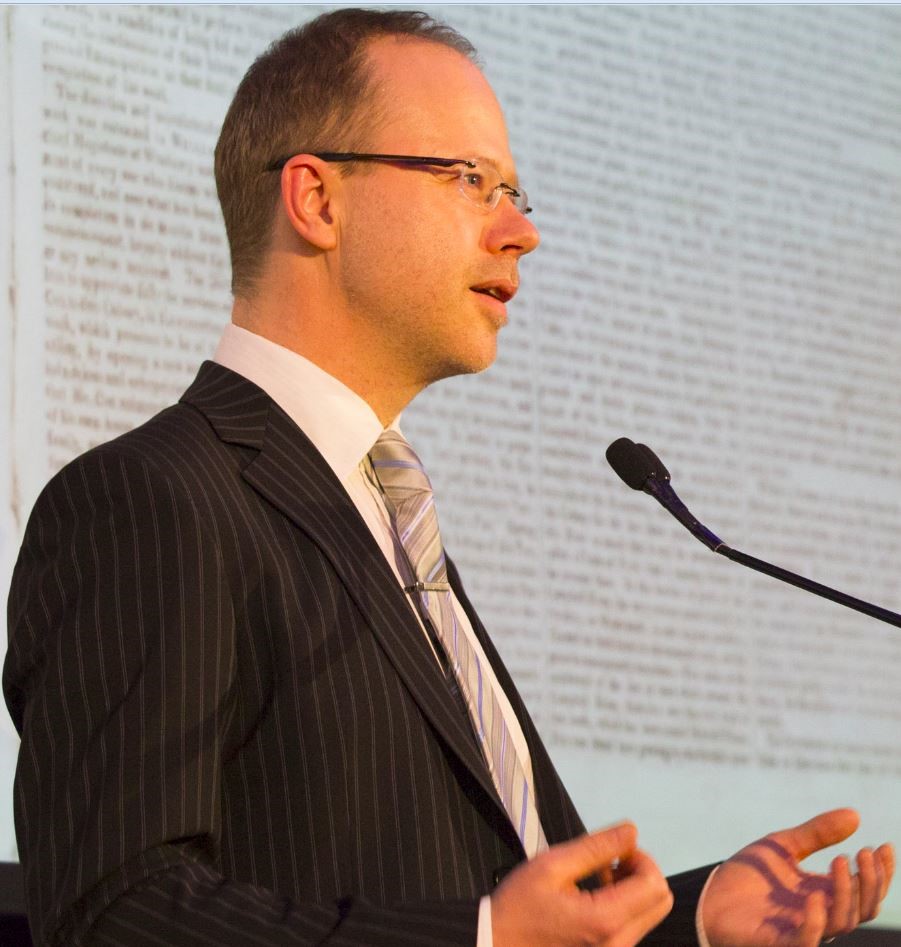» Next Entries
The Archives
-
Biography, Communication and Media Studies, Cultural Studies, Humanities, Life Writing, Literary Studies
Digital Biography
25.07.09 | Permalink | Comments Off on Digital BiographyThis paper reflects on an emerging field that has no accepted name or boundaries but is described here as “digital biography.” The activities, formats, and genres associated with this field are rarely linked with life writing or traditional biographical studies. Rather, this field is seen as the domain of those concerned with digital privacy, copyright, data preservation, and identity management. Over the past decade or so, critics in various disciplines, mainly legal studies, information management, multimedia design, and IT development, as well as sociology, psychology, and marketing, have focused on the complexity of online identity. Though online identity has become such a significant focus of attention in these disciplines, few who study biography have discussed it. Indeed, as Nigel Hamilton points out, biography itself has had less attention than one might expect for a field that “has enjoyed an extraordinary renaissance in recent years”, a field that, according to Carl Rollyson, is widely recognized as “the dominant non-fiction of our age”.
-
Cultural Studies, Historical Studies, Humanities, Life Writing
Trauma Online
25.03.09 | Permalink | Comments Off on Trauma OnlineThis article considers how traditional physical memorials to war and other catastrophic events differ from online memorials in the Web 2.0 environment and it asks what the benefits and drawbacks of each may be. There has always been an awkward fit between the public statements embodied in monuments to those who died in war and the personal stories told by individuals who returned. This disjuncture serves to demonstrate that the two ways of remembering traumatic events—the collective and the individual—have traditionally been poles apart and often contradictory. Gradually, over the past two decades, with the increasing influence of critical theories that have questioned national and other dominating discourses—and also with growing interest within the field of clinical psychology in what is now labeled post-traumatic stress disorder—there has been an increasing interest in the vast underlayer of personal stories that national narratives have shut out or silenced.
-
Communication and Media Studies, Cultural Studies, Humanities, Life Writing
Saving Lives: Digital Biography and Life Writing
25.02.09 | Permalink | Comments Off on Saving Lives: Digital Biography and Life WritingIn this first decade of the twenty-first century we are caught up in the midst of a technological shift of the kind that Walter Benjamin, in his 1936 essay ‘The Work of Art in the Age of Mechanical Reproduction’, attributed to the increasing popularity of photography in the early twentieth century. The essence of that change was the unprecedented capacity to create infinitely reproducible multiple copies. For the first time the idea of the primacy of the singular work of art was seriously open to question. ‘The history of every art form,’ writes Benjamin, ‘shows critical epochs in which a certain art form aspires to effects which could be fully obtained only with a changed technical standard, that is to say, a new art form’. Photography initiated a change that Benjamin recognised as being as profound in its impact on people’s lives as the introduction of the printing press.
-
Communication and Media Studies, Cultural Studies, e-Research, Life Writing
Pixelated Memory
25.05.08 | Permalink | Comments Off on Pixelated MemoryWar memorials are the most familiar and visible means of acknowledging and respecting the trauma of large scale, violent conflict. In practically every town in Australia, however small, monuments to war are found. These are haunting, poignant reminders of the brutality of war and the fragility of life. And yet, their reassuring solidity and prominence shields us from the reality of lost lives and suffering by casting war in terms of abstract and stylised notions of heroism, loyalty, sacrifice and glory. While it is usual for the names of the dead to be listed on these monuments, their individual suffering is blended, ritualised and distanced in a symbolic and generalised tribute. It is not surprising then that there has always been an awkward fit between the public statements made by these monuments and the personal stories told by individuals who returned.
» Next Entries






